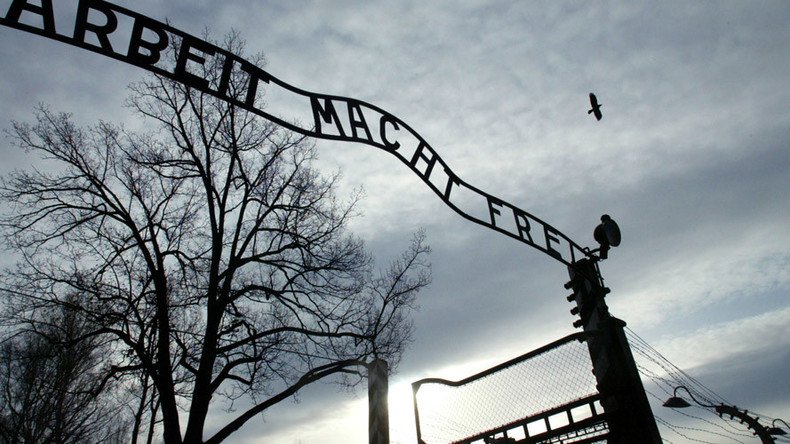Body parts and brains from gruesome Nazi experiments discovered

The horrors of the Holocaust are continuing to seep into the present. A Munich research institute has discovered jars containing body parts and the brains of human victims from gruesome experiments carried out at concentration camps.
The Max Planck Psychiatric Institute made the grim discovery during renovations last year but have only released details this week, reported Arutz Sheva.
The samples were used by Nazi neuroscientist Julius Hallervorden who performed much of his research on the brains of executed prisoners from concentration camps including Auschwitz.
August 23 | The European Day of Remembrance for Victims of Totalitarian Regimes | The number of victims of Auschwitz pic.twitter.com/u52HRqoZcg
— Auschwitz Memorial (@AuschwitzMuseum) August 23, 2016
Auschwitz II-Birkenau. Watchtowers and barbed wire fence line of the BII sector of the camp https://t.co/fC6EDisssFpic.twitter.com/G8s0c0aeKM
— Auschwitz Memorial (@AuschwitzMuseum) August 31, 2016
"We are embarrassed by these findings, and the blemish of their discovery in the archives,” the institute said in a statement. “We will update the public with any further information that comes to light with complete transparency."
A committee has been formed to identify the victims with the goal of bringing them to a mass grave with previously discovered samples. The process could take months if not years according to the institute.
‘At night you killed or were killed for your flesh’ in #Nazi death camp – Holocaust survivor https://t.co/2OI48QeXqepic.twitter.com/VILxgvFqZ3
— RT (@RT_com) April 1, 2016
Hallervorden was head of the neuropathology department at the Kaiser Wilhelm Institute during World War II and admitted during the Nuremberg trials that he accepted human samples from concentration camps.
“Those brains offered wonderful material, of mentally poor, deformities and early children's diseases. Of course I accepted the brains. It really wasn't my concern where they came from and how they were brought to me” he told the trial.
The institute received parts from the notorious Nazi “Angel of Death” Josef Mengele. Operating out of the Auschwitz camp Mengele was known for his gruesome experiments on both adults and children without anaesthesia.
‘I don’t feel guilty': Nazi #Holocaust organizer's letter released https://t.co/bOsplFuo92pic.twitter.com/W2tQs3xcMd
— RT (@RT_com) January 27, 2016
He would inject children directly in the eye balls in an attempt to dye their pupils blue and was known to have a fascination with twins, thousands of whom died during studies which he was dissecting them out of curiosity. In one night he killed 14 sets of twins in order to study them.
Through his research, Hallervorden, along with fellow Nazi Hugo Spatz, would discover pantothenate kinase-associated neurodegeneration, a degenerative disease of the brain. The disease was originally called Hallervorden–Spatz syndrome until the ethics of its discovery were revealed.












